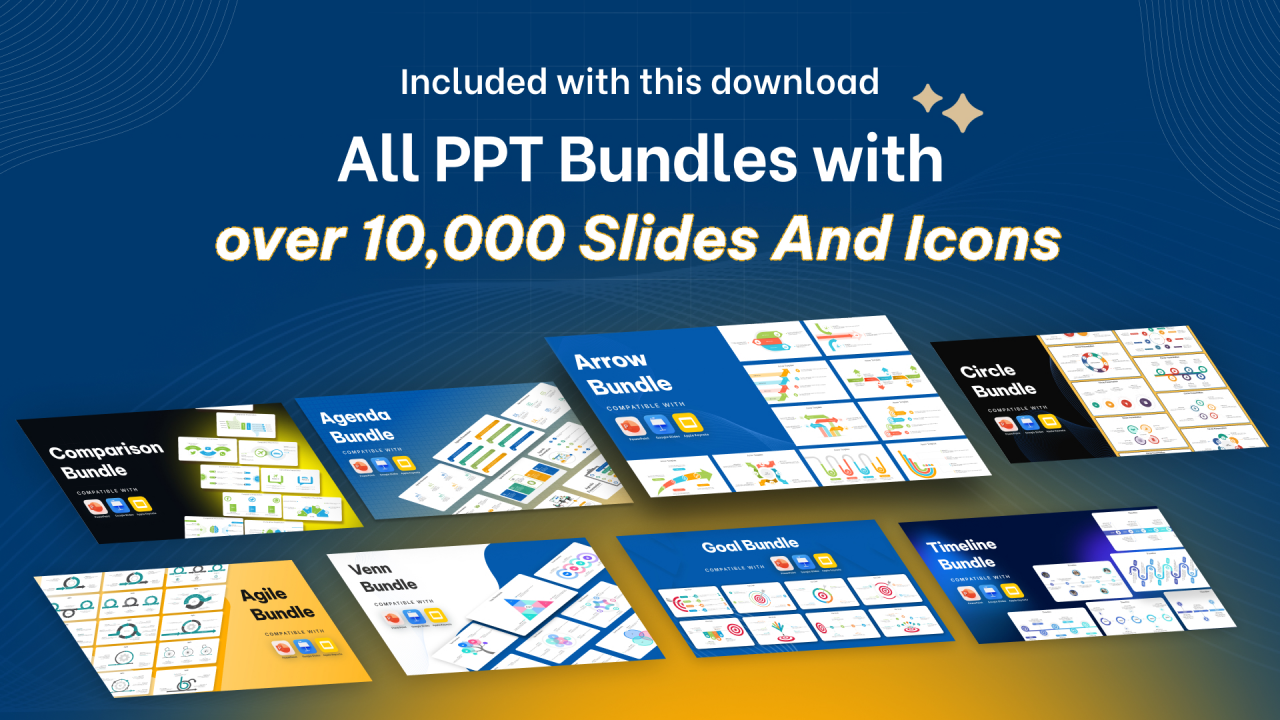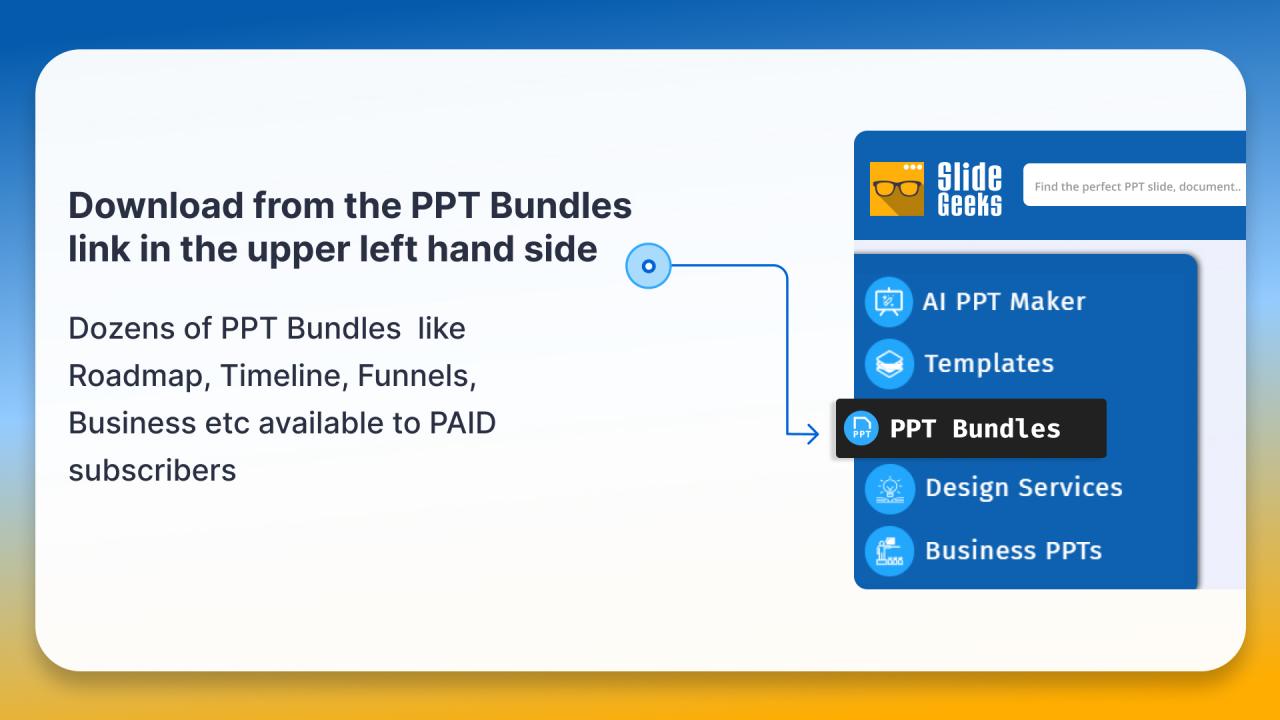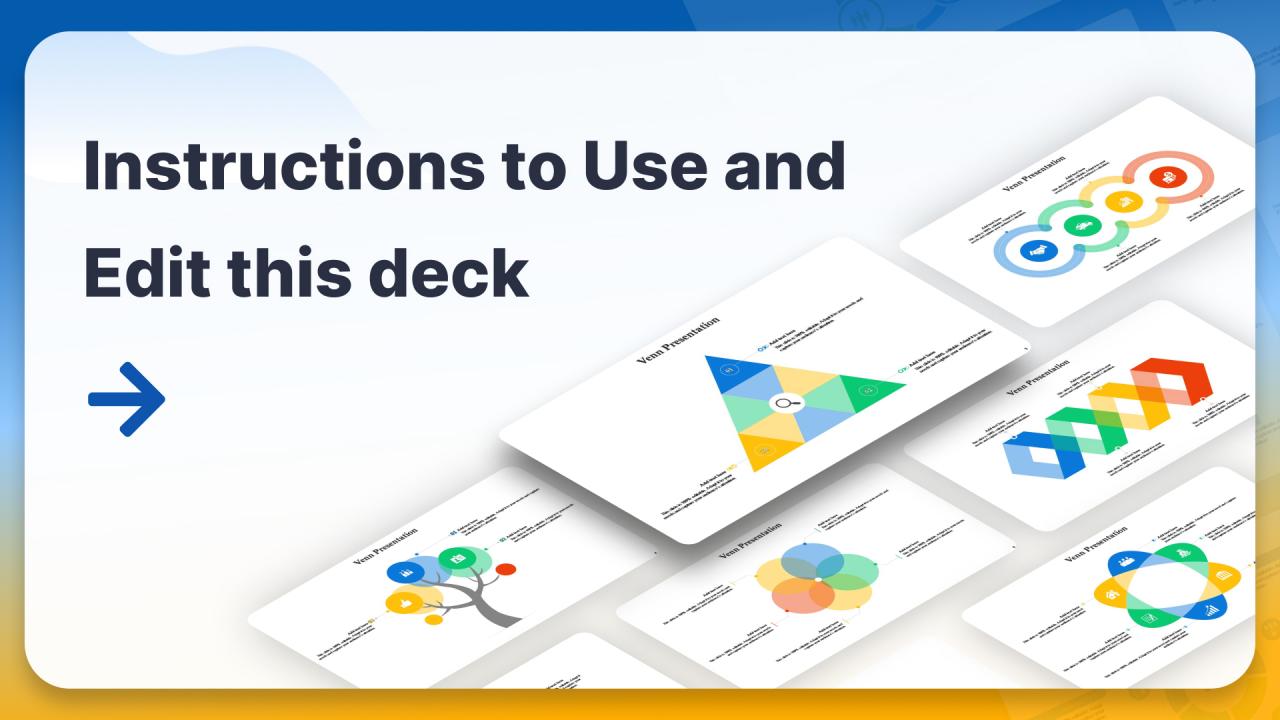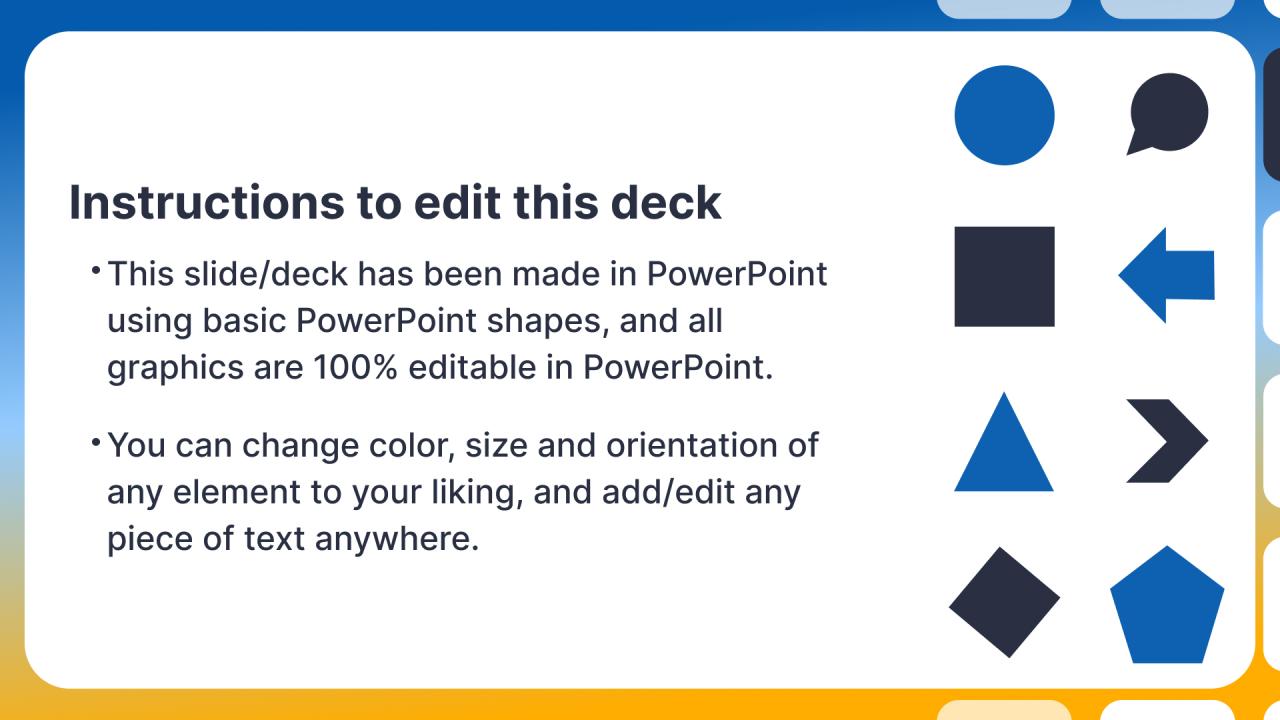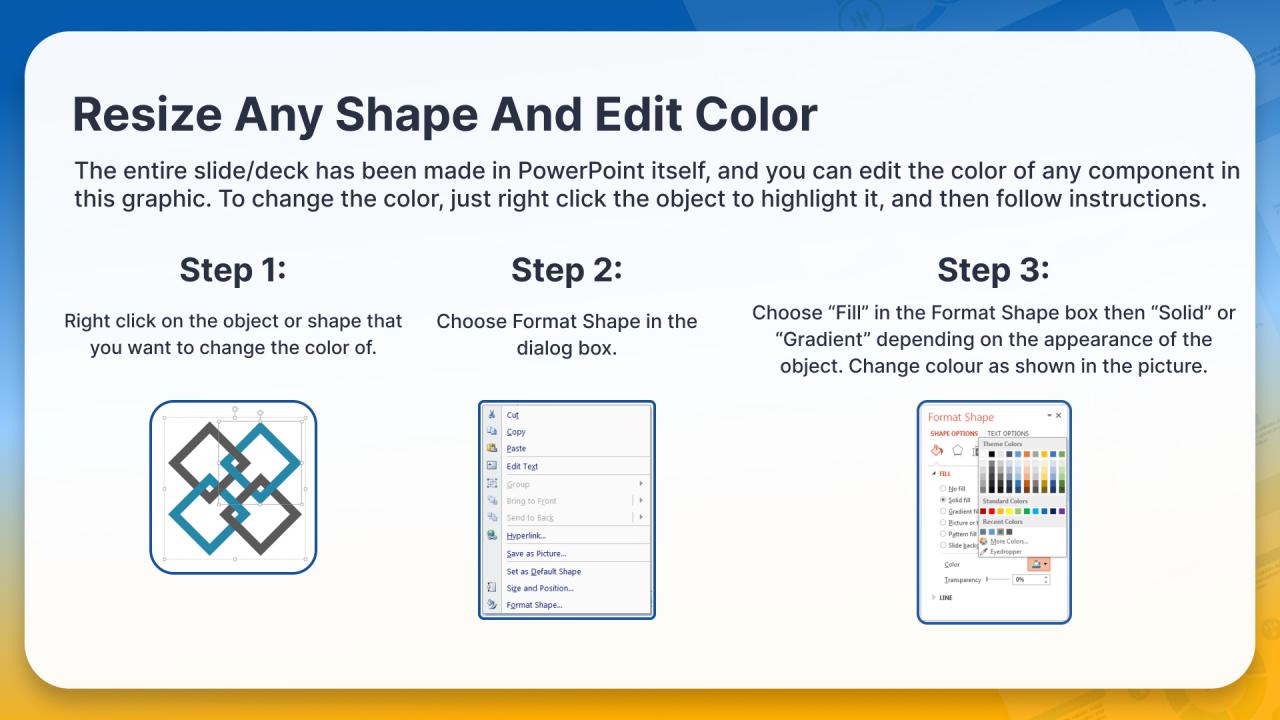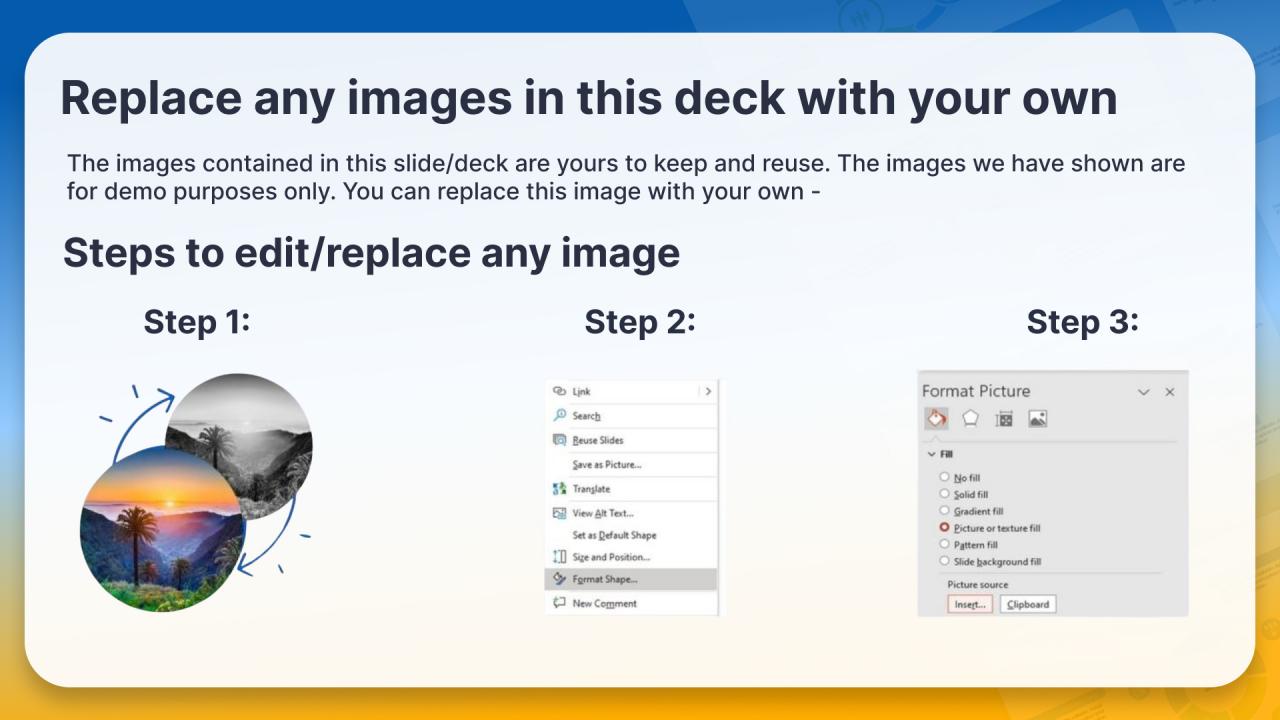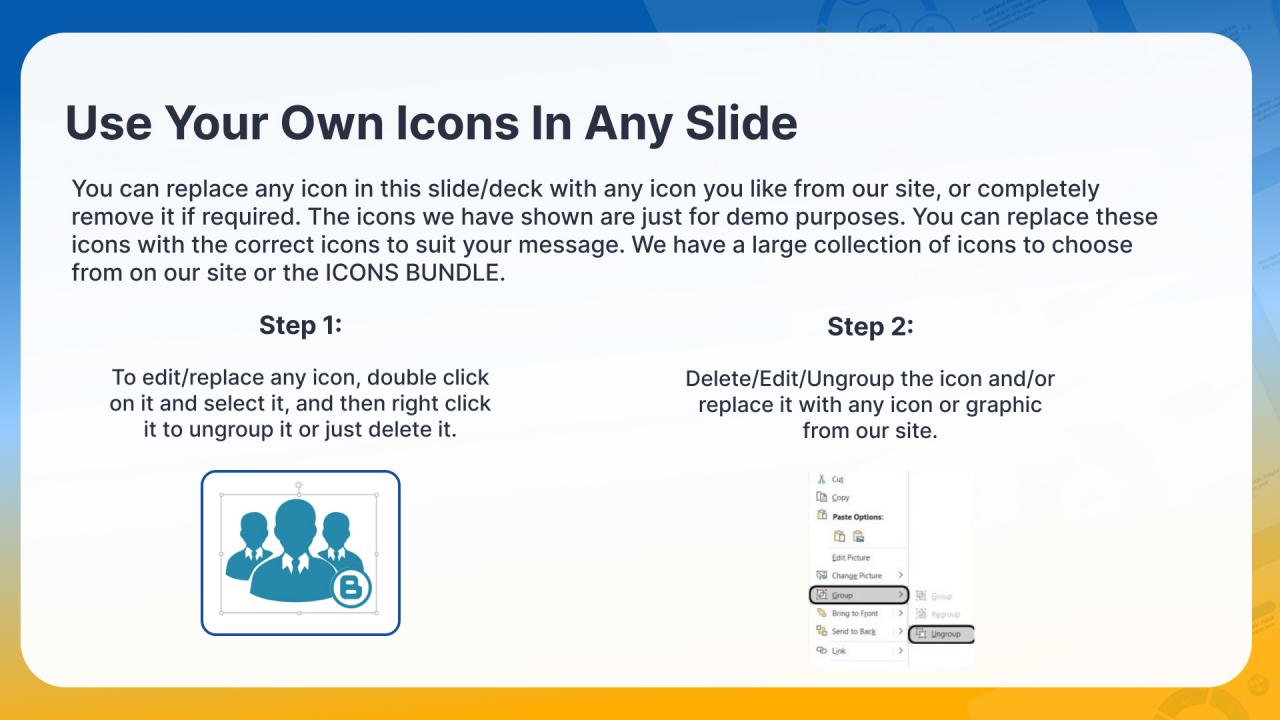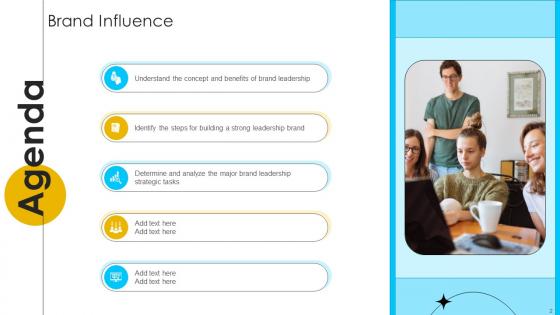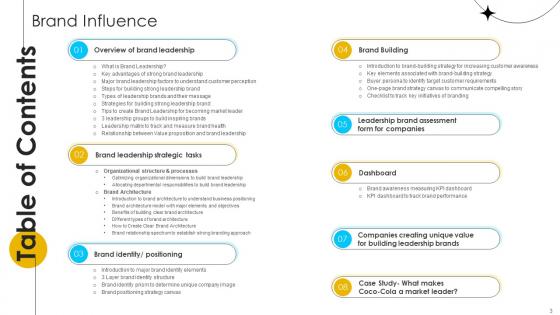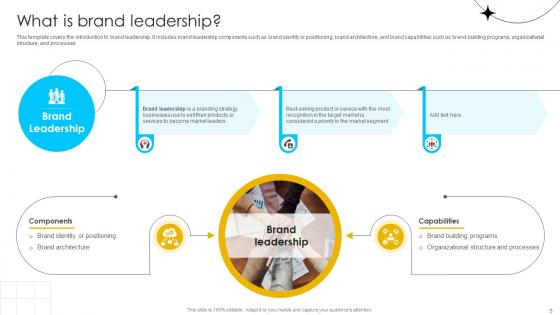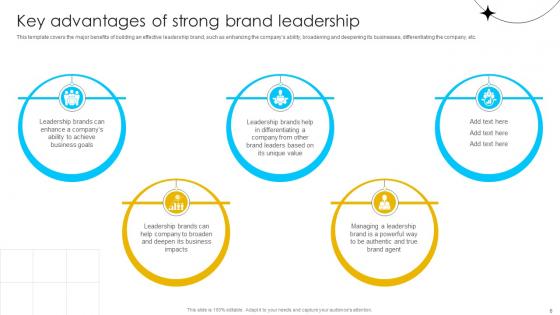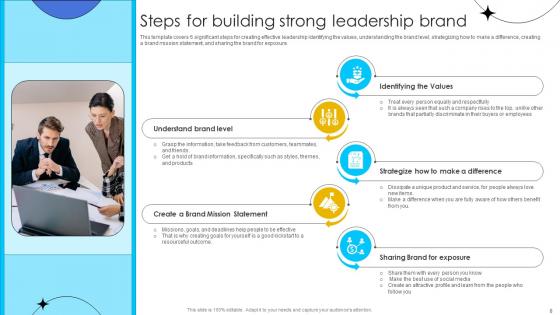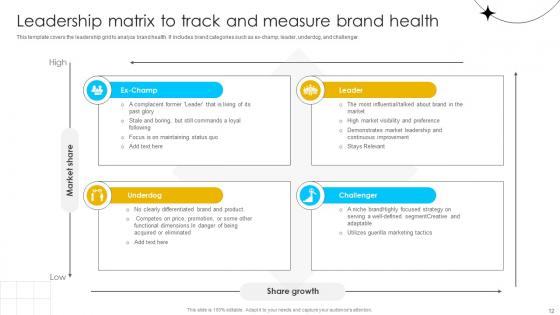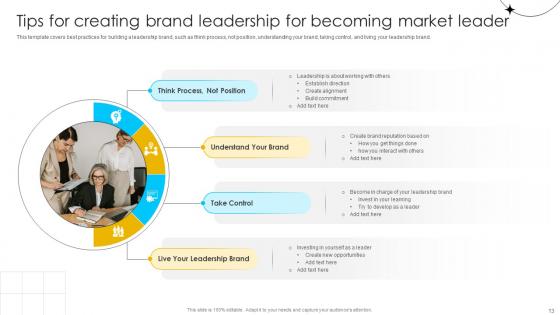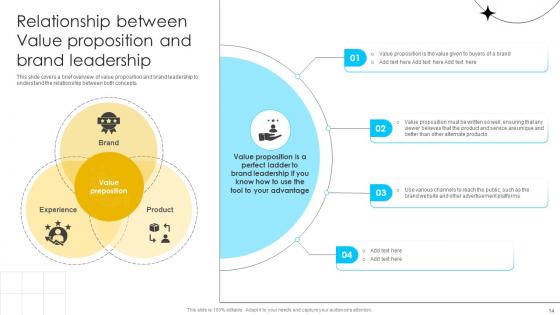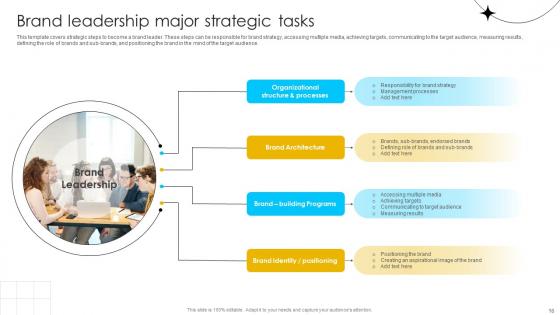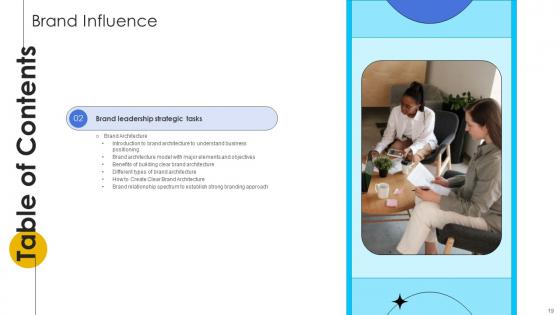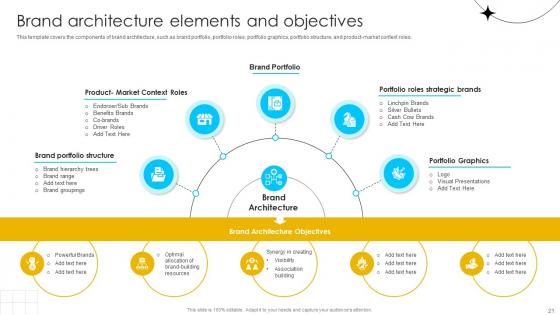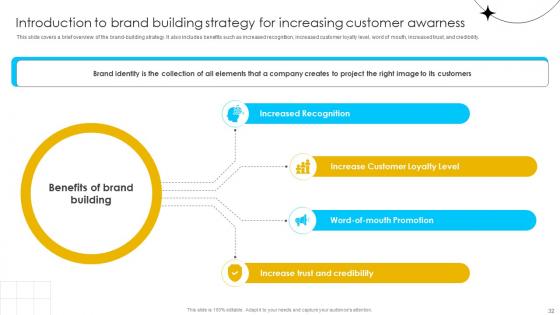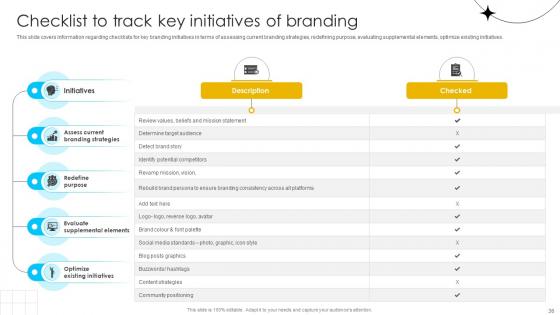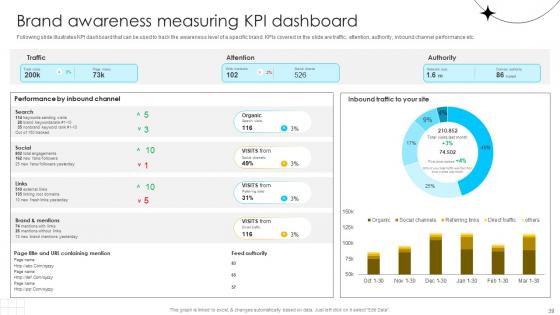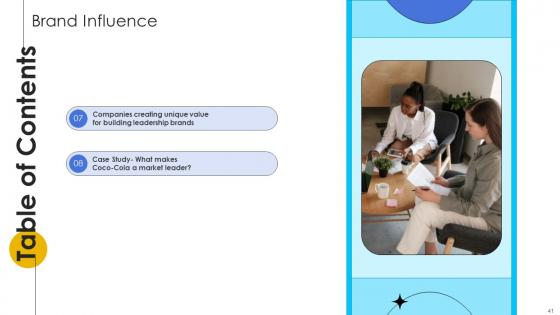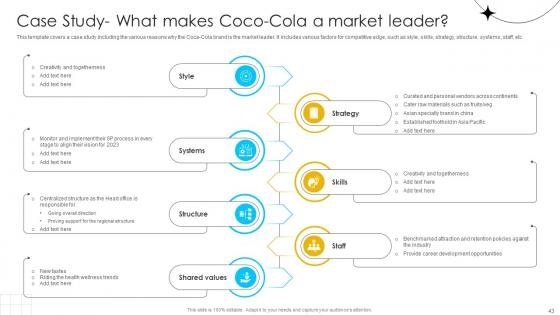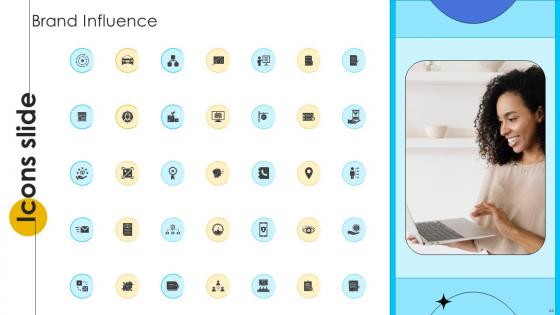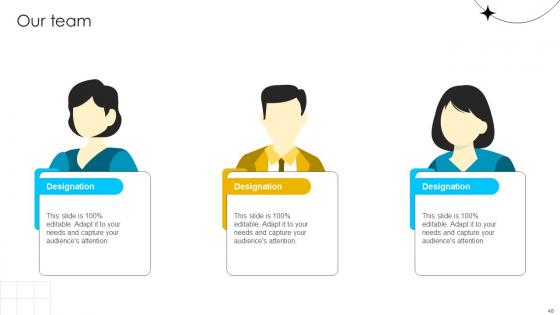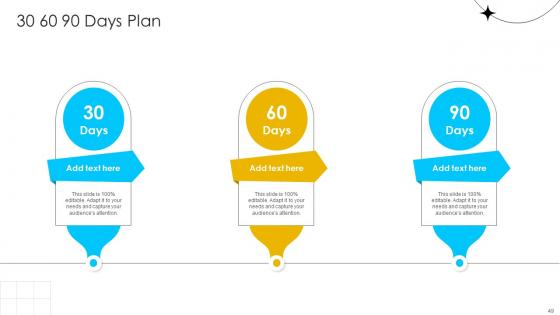Brand Influence Ppt Powerpoint Presentation Strategy CD V
Our Brand Influence Ppt Powerpoint Presentation Strategy CD V are topically designed to provide an attractive backdrop to any subject. Use them to look like a presentation pro.
- Google Slides is a new FREE Presentation software from Google.
- All our content is 100% compatible with Google Slides.
- Just download our designs, and upload them to Google Slides and they will work automatically.
- Amaze your audience with SlideGeeks and Google Slides.
-
Want Changes to This PPT Slide? Check out our Presentation Design Services
- WideScreen Aspect ratio is becoming a very popular format. When you download this product, the downloaded ZIP will contain this product in both standard and widescreen format.
-

- Some older products that we have may only be in standard format, but they can easily be converted to widescreen.
- To do this, please open the SlideGeeks product in Powerpoint, and go to
- Design ( On the top bar) -> Page Setup -> and select "On-screen Show (16:9)” in the drop down for "Slides Sized for".
- The slide or theme will change to widescreen, and all graphics will adjust automatically. You can similarly convert our content to any other desired screen aspect ratio.
Compatible With Google Slides

Get This In WideScreen
You must be logged in to download this presentation.
 Impress Your
Impress Your Audience
 100%
100% Editable
Google Slides
Features of these PowerPoint presentation slides:
People who downloaded this PowerPoint presentation also viewed the following :
Content of this Powerpoint Presentation
Slide 1: This slide introduces Brand Influence. State your company name and begin.
Slide 2: This slide states Agenda of the presentation.
Slide 3: This slide shows Table of Content for the presentation.
Slide 4: This slide highlights title for topics that are to be covered next in the template.
Slide 5: This template covers the introduction to brand leadership. It includes brand leadership components such as brand identity or positioning, brand architecture, and brand capabilities such as brand-building programs, organizational structure, and processes.
Slide 6: This template covers the major benefits of building an effective leadership brand, such as enhancing the company’s ability, broadening and deepening its businesses, differentiating the company, etc.
Slide 7: This template covers key elements of brand leaders, such as perceived brand leadership, perceived quality, perceived value, innovativeness, and perceived popularity.
Slide 8: This template covers 6 significant steps for creating effective leadership identifying the values, understanding the brand level, strategizing how to make a difference, creating a brand mission statement, and sharing the brand for exposure.
Slide 9: This template covers leading brands, such as power, explorer, icon, and identify brands. It also includes what the brands do, the brand message, the reason why for the consumer, and examples.
Slide 10: This template covers various techniques for creating strong leadership brands, such as build-out leadership brand messaging pillars, assessing the competitive landscape, creating social media engagement, and creating and sharing your content.
Slide 11: This template covers three major leadership groups to build successful brands, such as brand development, brand activation, and brand management. It also includes brand requirements and solutions.
Slide 12: This template covers the leadership grid to analyze brand health. It includes brand categories such as ex-champ, leader, underdog, and challenger.
Slide 13: This template covers best practices for building a leadership brand, such as think process, not position, understanding your brand, taking control, and living your leadership brand.
Slide 14: This slide covers a brief overview of value proposition and brand leadership to understand the relationship between both concepts.
Slide 15: This slide highlights title for topics that are to be covered next in the template.
Slide 16: This template covers strategic steps to become a brand leader. These steps can be responsible for brand strategy, accessing multiple media, achieving targets, communicating to the target audience, measuring results, defining the role of brands and sub-brands, and positioning the brand in the mind of the target audience.
Slide 17: This slide covers pre- and post-optimization organizational dimensions, such as top management & managerial processes, brand organization, brand teams & new roles, communication set-up in advertising, and public relations.
Slide 18: This slide covers primary departmental responsibilities for creating a leadership brand. It includes the duties of departments such as marketing, sales, market research, operations and manufacturing, finance, R&D, and customer service.
Slide 19: This slide highlights title for topics that are to be covered next in the template.
Slide 20: This slide introduces brand architecture which acts as a framework for the interdependence of the brands. It also includes the benefits of strong brand architecture, increased clarity in the marketplace, increased brand equity, reduced overall brand damage, etc.
Slide 21: This template covers the components of brand architecture, such as brand portfolio, portfolio roles, portfolio graphics, portfolio structure, and product-market context roles.
Slide 22: This slide showcases the importance of defined brand architecture for organizations. Advantages include – market clarity, synergy among brands, target specific customer segments and improving brand equity.
Slide 23: This slide showcases different types of brand architecture under which organizations operate. It includes – branded houses, houses of brands, hybrid brand, and endorsed brand architecture.
Slide 24: This slide the process of creating robust brand architecture. The steps of the process are customer research related to brand awareness and loyalty, determining a brand strategy to develop optimal brand structure, and migration to create a blueprint for the system.
Slide 25: This template covers brand strategy tools to help businesses develop a structured, relevant brand positioning statement, brand essence, and personality and connect these elements with company values and the brand’s key message.
Slide 26: This slide highlights title for topics that are to be covered next in the template.
Slide 27: This slide covers a brief overview to brand identity. It also includes brand identity elements such as logo, font, style consistency, shape, and form.
Slide 28: This slide covers three layer brand identity framework with brand essence, core, and extended. It also includes brand dimensions such as product, organization, person, and symbol.
Slide 29: This slide covers the brand identity prism with key features such as physique, relationship, reflection, personality, culture, and self-image.
Slide 30: This slide covers the company positioning strategy grid with critical elements such as vision, mission, market category, customer challenges, company differentiator, brand essence, and brand positioning statement.
Slide 31: This slide highlights title for topics that are to be covered next in the template.
Slide 32: This slide covers a brief overview to brand identity. It also includes brand identity elements such as logo, font, style consistency, shape, and form.
Slide 33: This slide covers information regarding an impactful brand-building strategy that includes essential elements such as vision, purpose, values, brand ideas, goals, issues, strategies, and tactics.
Slide 34: This slide covers customer persona for understanding the target audience’s pain points. It includes customer details such as professional information, goals, challenges, biggest fears, common objectives, hobbies, and interests.
Slide 35: This template covers brand strategy tool to helps businesses develop a structured, relevant brand positioning statement, brand essence and brand personality and connect these elements with company values and key message of the brand.
Slide 36: This slide covers information regarding checklists for key branding initiatives in terms of assessing current branding strategies, redefining purpose, evaluating supplemental elements, optimize existing initiatives.
Slide 37: This slide covers the checklist for tracking the leadership brand health. The assessment steps include knowing how it wants to be viewed by the target customers, articulating a clear statement of leadership brand, translating the leadership brand statement into a set of desired leadership actions, etc.
Slide 38: This slide highlights title for topics that are to be covered next in the template.
Slide 39: Following slide illustrates KPI dashboard that can be used to track the awareness level of a specific brand. KPIs covered in the slide are traffic, attention, authority, inbound channel performance etc.
Slide 40: Mentioned slide showcases KPI dashboard that can be used to check the financial performance of a brand. Metrics covered in the dashboard are return on assets, working capital ratio, return on equity etc.
Slide 41: This slide highlights title for topics that are to be covered next in the template.
Slide 42: This template covers various brands that are developing unique value for customers. It includes brands such as apple Walmart, PepsiCo, FedEx, Lexus, Procter & Gamble, McKinsey, etc.
Slide 43: This template covers a case study including the various reasons why the Coca-Cola brand is the market leader. It includes various factors for competitive edge, such as style, skills, strategy, structure, systems, staff, etc.
Slide 44: This slide contains all the icons used in this presentation.
Slide 45: This slide is titled as Additional Slides for moving forward.
Slide 46: This is a Timeline slide. Show data related to time intervals here.
Slide 47: This slide shows Post It Notes. Post your important notes here.
Slide 48: This is Our Team slide with names and designation.
Slide 49: This slide provides 30 60 90 Days Plan with text boxes.
Slide 50: This is a Thank You slide with address, contact numbers and email address.
Brand Influence Ppt Powerpoint Presentation Strategy CD V with all 58 slides:
Use our Brand Influence Ppt Powerpoint Presentation Strategy CD V to effectively help you save your valuable time. They are readymade to fit into any presentation structure.
Most Relevant Reviews
-
Commendable slides with attractive designs. Extremely pleased with the fact that they are easy to modify. Great work!
-
Great product with highly impressive and engaging designs.

 Home
Home 

















































